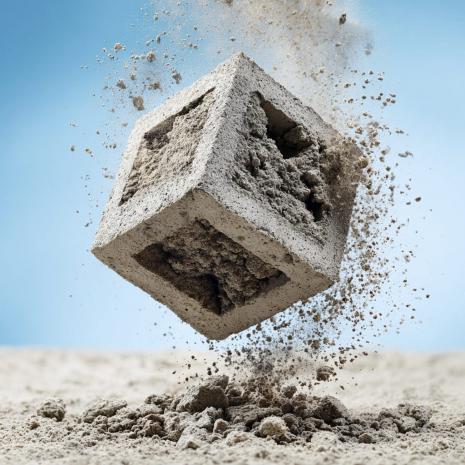
Breaking News
 Digital Euro Could Drain up to 700 Billion Euros of Deposits in Bank Run, ECB Says
Digital Euro Could Drain up to 700 Billion Euros of Deposits in Bank Run, ECB Says
 Carbon based computers that run on iron
Carbon based computers that run on iron
 FDA's War on Commonsense Nicotine Regulation
FDA's War on Commonsense Nicotine Regulation
 Russia flies strategic cruise missile propelled by a nuclear engine
Russia flies strategic cruise missile propelled by a nuclear engine
Top Tech News
 Graphene Dream Becomes a Reality as Miracle Material Enters Production for Better Chips, Batteries
Graphene Dream Becomes a Reality as Miracle Material Enters Production for Better Chips, Batteries
 Virtual Fencing May Allow Thousands More Cattle to Be Ranched on Land Rather Than in Barns
Virtual Fencing May Allow Thousands More Cattle to Be Ranched on Land Rather Than in Barns
 Prominent Personalities Sign Letter Seeking Ban On 'Development Of Superintelligence'
Prominent Personalities Sign Letter Seeking Ban On 'Development Of Superintelligence'
 Why 'Mirror Life' Is Causing Some Genetic Scientists To Freak Out
Why 'Mirror Life' Is Causing Some Genetic Scientists To Freak Out
 Retina e-paper promises screens 'visually indistinguishable from reality'
Retina e-paper promises screens 'visually indistinguishable from reality'
 Scientists baffled as interstellar visitor appears to reverse thrust before vanishing behind the sun
Scientists baffled as interstellar visitor appears to reverse thrust before vanishing behind the sun
 Future of Satellite of Direct to Cellphone
Future of Satellite of Direct to Cellphone
 Amazon goes nuclear with new modular reactor plant
Amazon goes nuclear with new modular reactor plant
 China Is Making 800-Mile EV Batteries. Here's Why America Can't Have Them
China Is Making 800-Mile EV Batteries. Here's Why America Can't Have Them
Engineers Discovered the Spectacular Secret to Making 17x Stronger Cement

Here's what you'll learn when you read this story:
• While the modern world is build with cement, its creation is one of the biggest emitters of greenhouse gasses. As a result, finding ways improve its durability and safety is paramount.
• In a new study from Princeton University, scientists turned toward the humble oyster and its iridescent composite material nacre for design inspiration.
• Matching the characteristics of nacre at the microscopic level, the researchers were able to increase the toughness of cement some 17 times, as compared to a cement block on its own.
_____________________________________________________________________________
Scientists are always looking for ways to make inherently brittle materials, such as concrete or ceramic, tougher, safer, and more durable. This time, they found inspiration from one of the most unlikely of places—the extra-durable shells of oysters.
Once again, mother nature provides.

 China Innovates: Transforming Sand into Paper
China Innovates: Transforming Sand into Paper

